The Ins and Outs of Dry Brushing According to Ayurveda
Ayurveda, the ancient Indian system of medicine and lifestyle, offers a unique perspective on health and wellness, emphasizing the balance of the three doshas (Vata, Pitta, and Kapha) within the body. One of the practices that has gained popularity in recent years for its health benefits is dry brushing. This simple yet powerful technique involves brushing the dry skin with a natural bristle brush. Let's explore the benefits, cautions, and the Ayurvedic perspective on dry brushing, including how it interacts with different doshas and how it can be balanced with Abhyanga (oil massage).
The Ayurvedic Perspective on Dry Brushing
Dry brushing, known in Ayurveda as Garshana, is primarily recommended for Kapha and Pitta types, as it stimulates the skin, improves circulation, and helps to remove ama (toxins) from the body. The practice is believed to energize the body, improve lymphatic drainage, and exfoliate the skin, making it smooth and vibrant.
Benefits of Dry Brushing
Exfoliation: Dry brushing removes dead skin cells, rejuvenating the skin.
Stimulating the Lymphatic System: It helps in the movement of lymph, aiding in the natural detoxification process.
Boosting Circulation: The brushing action boosts blood circulation, promoting overall vitality.
Stimulating the Nervous System: It stimulates nerve endings in the skin, contributing to a refreshed nervous system.
Dosha-Specific Effects of Dry Brushing
1. Vata Dosha:
Vata types have delicate skin and a dry brushing routine can sometimes be too harsh, leading to skin irritation or aggravation of Vata.
For Vata, a gentler approach with a softer brush or even a silk glove is recommended.
2. Pitta Dosha:
Pitta types benefit from dry brushing, as it helps in detoxification and stimulating circulation without being too aggressive.
However, care should be taken if the skin is inflamed or irritated, as brushing over such areas can worsen the condition.
3. Kapha Dosha:
Kapha types gain the most from dry brushing. It helps in stimulating sluggish circulation, enhancing metabolism, and removing excess Kapha from the body.
The vigorous nature of dry brushing is generally well-tolerated by Kapha skin types.
Technique of Dry Brushing
Choose the Right Brush: A natural bristle brush is ideal.
Method: Begin at the feet and move upwards in long sweeping motions towards the heart. Use circular motions around the joints.
Frequency: Ideally, dry brushing should be done daily, preferably in the morning before showering.
Balancing Dry Brushing with Abhyanga (Oil Massage)
For those doshas that might find dry brushing aggravating, particularly Vata, following up with Abhyanga can create a harmonious balance.
1. Abhyanga After Dry Brushing:
For Vata: Use warm sesame oil for its nourishing and grounding properties.
For Pitta: Cooler oils like coconut or sunflower oil are recommended to soothe Pitta's fiery nature.
For Kapha: Mustard or safflower oil can be beneficial as they are light and warming.
2. The Method of Abhyanga:
Apply oil generously over the body, massaging gently with strokes toward the heart.
Focus on areas that are particularly dry or where circulation tends to be sluggish.
Conclusion
Dry brushing, when done correctly and in consideration of one’s dosha, can be a revitalizing and detoxifying practice. For Vata types, the key is moderation and gentleness, followed by a nourishing Abhyanga. Pitta types can benefit from the detoxifying effects but should be cautious of any skin irritations. Kapha types are best suited to reap the full benefits of dry brushing.
Incorporating dry brushing and Abhyanga into your daily routine can lead to significant improvements in skin texture, circulation, and overall vitality, demonstrating yet another profound wisdom of Ayurveda in harmonizing the body and mind.
This article provides an introductory overview of dry brushing in Ayurveda, highlighting its benefits, dosha-specific recommendations, and the balancing act with Abhyanga. For a more in-depth understanding or personalized advice, consulting with an Ayurvedic practitioner is recommended.
Disclaimer
The sole purpose of these articles is to provide information about the tradition of Ayurveda. This information is not intended for use in the diagnosis, treatment, cure or prevention of any disease.





